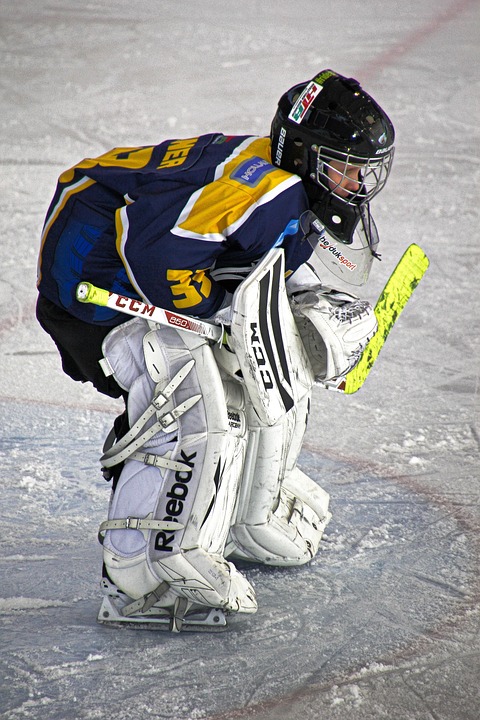Hockey has become one of the most iconic and beloved sports across the world, with an incredibly rich history that goes back over a century. Here, we dive into the evolution of hockey, exploring the roots of the game, and examining how it has transformed into the professional sport that we know and love today.
The Beginnings of Hockey
The sport that we today call hockey can be traced back thousands of years, as games involving sticks and balls or stones were played across many cultures and civilizations. However, the modern game of hockey is believed to have originated in Canada in the early 1800s.
One of the earliest forms of hockey was played on frozen ponds and lakes, where players would use sticks to direct a ball or compacted snow across the ice. The game quickly grew in popularity in Canada, and in 1875, the first official indoor hockey game was played at the Victoria Skating Rink in Montreal.
As the sport evolved, various rules were established to govern the play. In 1886, the first organization dedicated to hockey was formed, known as the Amateur Hockey Association of Canada (AHAC). This organization established many of the first rules of the game, including the use of a puck instead of a ball, seven players on each team, and the concept of offside.
The Dawn of Professional Hockey
Despite its origins as an amateur sport, hockey quickly gained popularity among spectators, and many saw an opportunity to capitalize on this growing interest. In the early 1900s, professional leagues began to emerge, with the National Hockey Association (NHA) being founded in 1910.
The NHA was later renamed the National Hockey League (NHL) in 1917, and it quickly became the premier professional hockey league in the world. It was also during this time that teams began to evolve from local amateur clubs to full-time professional organizations with paid players.
The first official NHL season was held in 1917-18, with just four teams: the Montreal Canadiens, the Montreal Wanderers, the Ottawa Senators, and the Toronto Arenas. The game continued to evolve during this time, with more rules and regulations being established to govern play.
By the 1920s, hockey had become a major professional sport, with teams across both the United States and Canada. The league continued to grow, with new teams joining and the popularity of the sport spreading rapidly.
The Modern Game of Hockey
Today, hockey is played at all levels, from youth leagues to professional organizations. The modern game of hockey has evolved significantly since those early days, with players using advanced equipment, training methods, and strategies to compete at the highest level.
One of the defining characteristics of modern hockey is the speed of the game. Players are now faster and stronger than ever, with skates, sticks, and protective gear that allow for greater agility on the ice. Teams have also developed sophisticated tactics and strategies, with coaches working to optimize every aspect of their players’ performance.
Another key development in the sport has been the inclusion of women’s hockey, with women’s leagues emerging across the world. This has helped to further advance the sport, as well as increase its popularity and reach.
Hockey has also become an international sport, with many countries establishing their own professional leagues and national teams. The Olympics have taken on a special significance in hockey, with many of the world’s best players competing for their countries on the international stage.
Conclusion
Overall, the evolution of hockey has been a remarkable journey, from its modest beginnings as a small amateur sport to its current status as a major professional organization with millions of fans worldwide. Today, the sport is enjoyed by players and fans of all ages and abilities, with diverse cultures and communities coming together to share in the excitement and passion of hockey. Regardless of how it continues to evolve, the game will always remain a beloved and cherished part of our culture, history, and identity.

